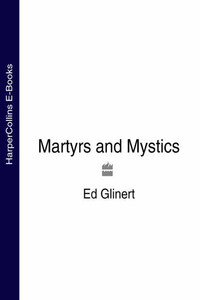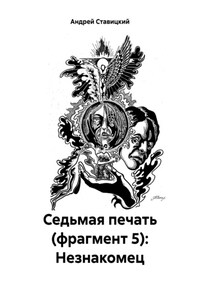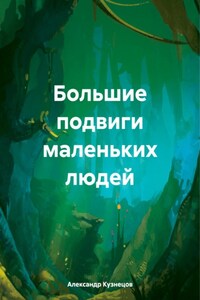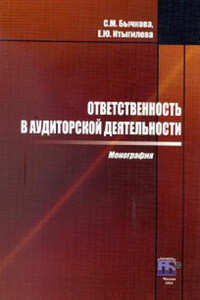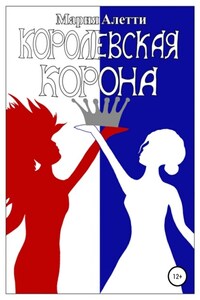It all started to get confusing when God handed Moses the Ten Commandments on Mount Sinai. The commandments began: ‘I am the Lord thy God . . . Thou shalt have no other gods before me.’
Did people generally concur with this? Not quite. John Wroe announced in 1825 in the grim mill town of Ashton-under-Lyne, to the east of Manchester, that he was god. Ashton would duly become a holy city, the New Jerusalem, and Wroe built four ‘holy’ gateways while awaiting the imminent return of Jesus Christ, God’s chosen one, presumably through one of them. He was still waiting when he died in 1863. It is not known whether Jesus did ever appear in Ashton.
Then there was the Revd John Hugh Smyth-Pigott. He was a charming Dubliner who in 1902 proclaimed his own divinity from the Ark of the Covenant, an extravagant temple he built in Lower Clapton, London. The Church of England defrocked Smyth-Pigott but he retorted: ‘I am God. It does not matter what they do.’ He probably wasn’t and it probably did.
But let’s go back to the story of Moses, receiver of the Ten Commandments in biblical times. Barely had he received the tablets than he took them down from the mountain to the Children of Israel, only to find that while he was gone they had made themselves a new god – a Golden Calf no less – and were dancing about ecstatically in front of it.
He broke the tablets and had to go back up the mountain to receive a new set. Two tablets of stone, or possibly not. According to Kabbalah legend, the Ten Commandments were not presented on two gravestone-like slabs, as depicted in countless paintings and book illustrations, but on two tiny jewels, possibly sapphires, more likely diamonds, which glowed when placed on the Breastplate of Judgment. If so, how did Moses break them? Diamonds are the hardest substance known to man, and even sapphires are not easy to destroy. And what happened to those sapphires?
So where does reality triumph over myth here? Martyrs and Mystics offers no definite explanation but it does attempt to recount such bizarre stories and legends – in Britain if not the Holy Land. Not that Britain hasn’t been seen as being holy in its own right down the ages – by William Blake, Christopher Wren, George Fox, John Wroe – but you’ll have to dip inside to find out how and why.
* Buildings or sites which no longer exist are denoted by bold italics..
The capital has been host to all the major disputes and upheavals in the nation’s religious past. Here the shifts and schisms that have changed the history of England have been played out: from the break with Rome in the 1530s to the Glorious Revolution of the 1680s, and from the expulsion of the Jews in 1290 to the anti-Catholic Gordon Riots of 1780.
Here too a myriad of sects and cults have taken shape – the Freemasons, the Rosicrucians, the Hermetic Order of the Golden Dawn, the Peculiar People of Plumstead – driven by a succession of mavericks and mystics, as colourful as they were obscure. There was Thomas Tany, who in 1654 claimed to be Theauraujohn, High Priest of the Jews, about to rebuild the Temple in Jerusalem with himself in charge. And John Robins, a mid-seventeenth-century mystic from Moorfields, who failed in his plan to take nearly 150,000 followers to the Holy Land, feeding them solely on dry bread, raw vegetables and water. In 1814, more farcically, there was Joanna Southcott, who claimed she would give birth to Shiloh, the biblical child who, according to the Book of Revelation, was to ‘rule all the nations with a rod of iron’.
Such drama continues to take place in the capital. As recently as 1985 the world’s press gathered at a Brick Lane curry house to meet the Lord Maitreya (or Christ, the Imam Mahdi or Krishna according to the different religions), who may or may not have appeared – depending as always on one’s faith. In 2008, when a member of the congregation at St Mary’s church, Putney, disrupted the service shouting out his views on the controversy over gay clergy, he was simply another manifestation of the ageold unsolvable conundrum of what to do when one’s own views differ from those of the next person.
| 616 | A fisherman has a vision of St Peter on Thorney Island and founds what becomes Westminster Abbey. |
| 1382 | The Archbishop of Canterbury’s council meets at Blackfriars monastery to denounce John Wycliffe’s religious doctrines and his pioneering translation of the Bible into English. |
| 1401 | The first of many martyrs to meet his death at Smithfield is William Sawtrey, priest and follower of the Bible translator John Wycliffe. |
